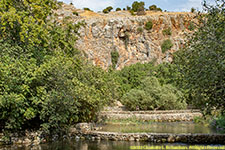
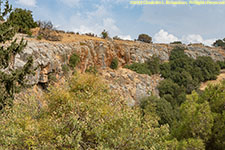
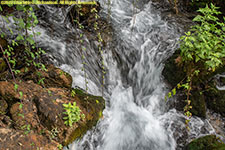
Hermon Spring lies at the foot of Mount Hermon in the northern Golan and forms the headwaters of the Jordan River when it joins the Dan Stream.
After the area was conquered by Alexander the Great in 332 BCE, Greek culture spread widely. A temple dedicated to the god Pan was constructed here and the area was named Paneas or Pameas (pronouced Banias in Arabic). The name Paneas first appears in the works of the historian Xenon of Rhodes, writing of a battle that took place at Paneas in 200 BCE between the Seleucids and the Ptolomies over control of Israel.
At the end of the first century BCE the Romans annexed Paneas to the kingdom of Herod the Great. The contemporary historian Josephus Flavius records that Herod built a temple close to the springs and dedicated it to his patron, the Roman Emperor Augustus.
After Herod's death his kingdom was divided between his three sons. The north and Golan Heights went to Philip, who declared Paneas the capital of his kingdom in 2 BCE, naming it Caesarea Philipi. Paneas continued as the capital of the kingdom during the reign of Agrippa II, Herod's grandson, in the second half of the first century CE. Jospehus Flavius records that Agrippa made the city very luxurious, with a large palace and statue-studded temples.
With the rise of Christianity during the Byzantine period at the beginning of the 4th century CE, pagan worship of Pan at Paneas ended and the temple was abandoned. The city, however, continued to prosper. Agrippa's palace was made into a bathhouse.
After the Muslim conquest in the seventh century CE, Paneas declined to no more than a village. In the tenth century CE waves of Muslim immigration brought rural settlement to Banias, as it was then called. Jews also came to Banias and organized themselves into Jerusalem and Babylonian communities. It was also an important center of the Karaite sect.
To the Crusaders, Banias was a natural border between their kingdom in Palestine and the neighboring Muslim realm centered in Damascus. Because it was on the crossroads between Sidon and Tyre in Lebanon and Damascus, Banias was a strategic asset. As a response to the Crusader conquest of the Galilee in 1099 CE, the Muslims fortified Banias, now controlled by the Ismailiya sect. However, due to internal quarrels, control of the city was transferred to the Crusaders. The Muslims recaptured Banias in 1132.
After Saladin defeated the Crusaders in 1187 at the Battle of Hattin, Banias declined. The Mamluks fortified the city but later abandoned its fortress, which was taken over by Bedouin chieftains. The city became a small village.
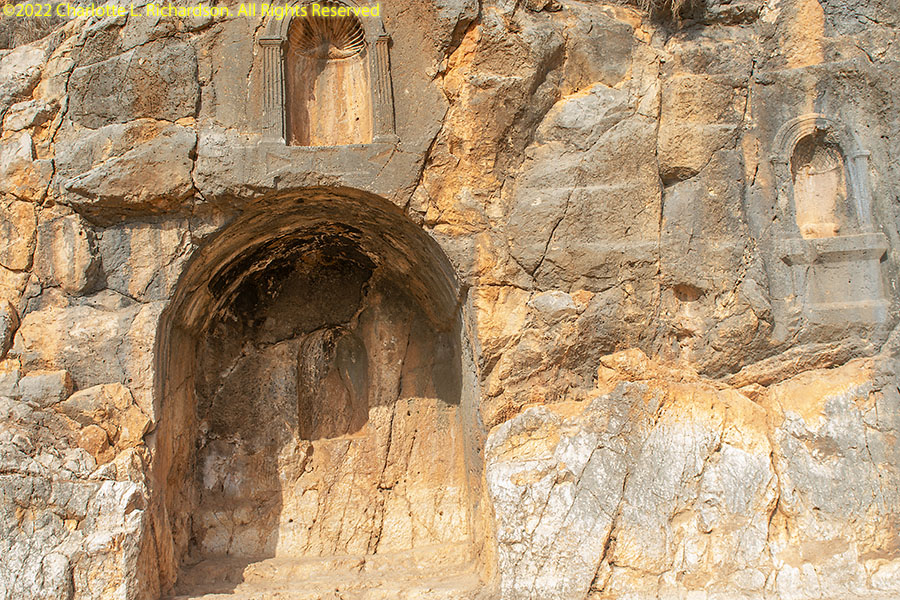
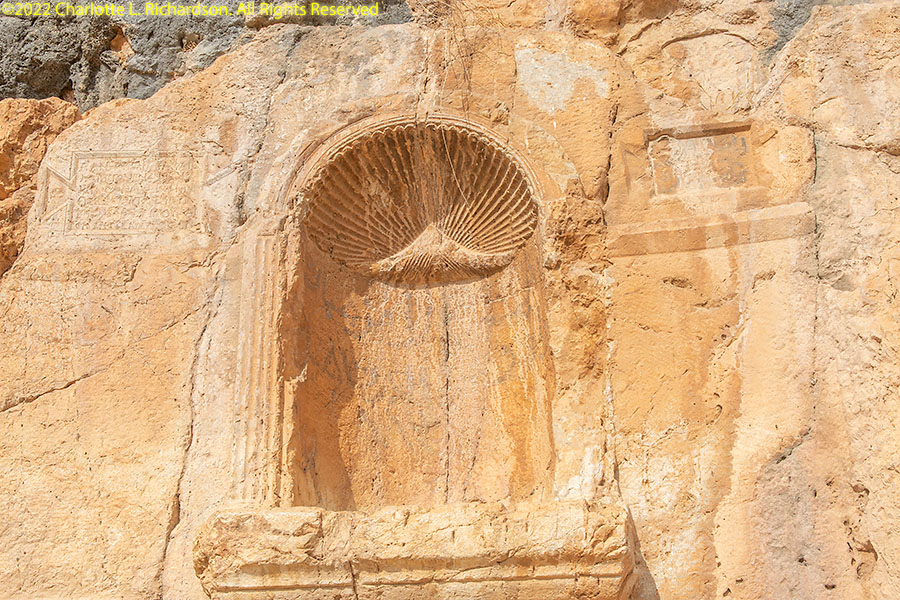
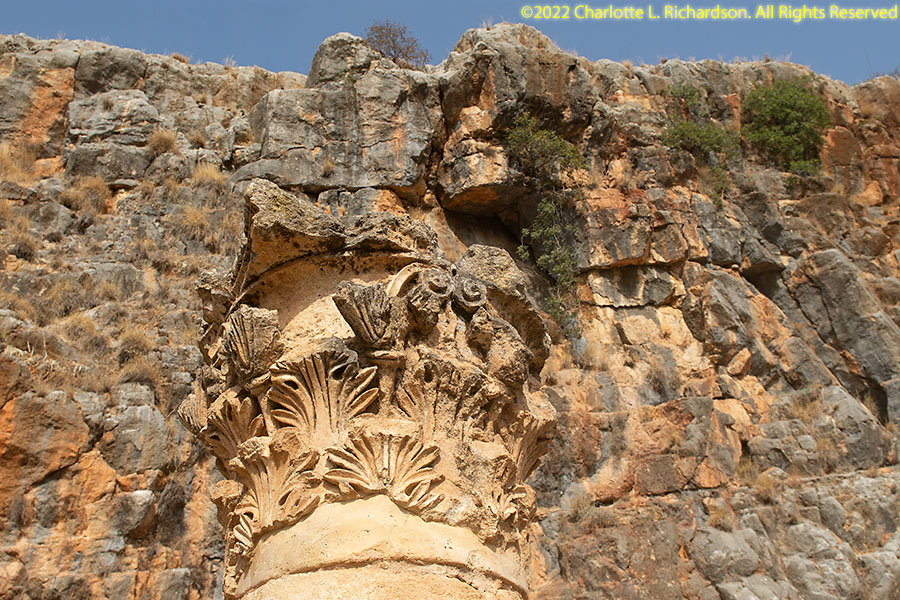
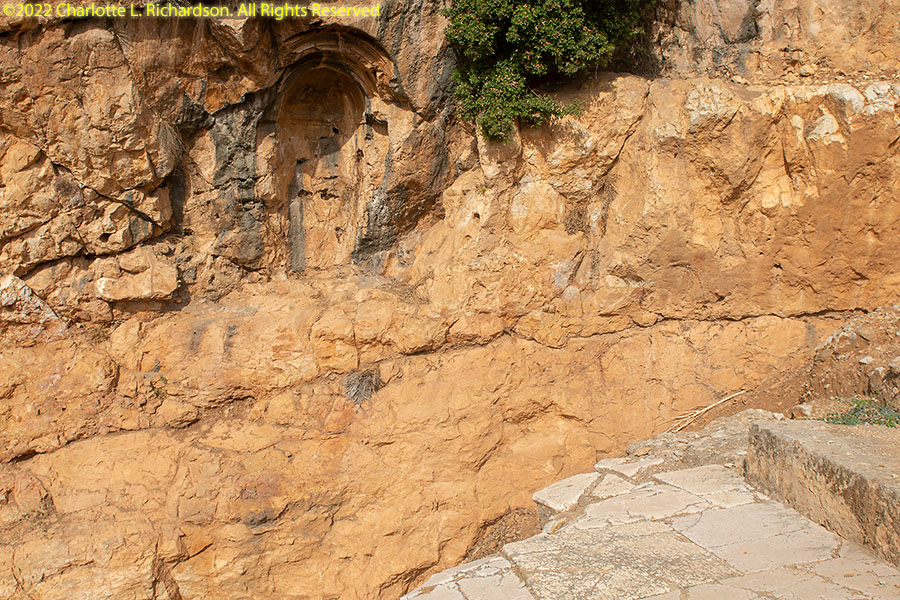
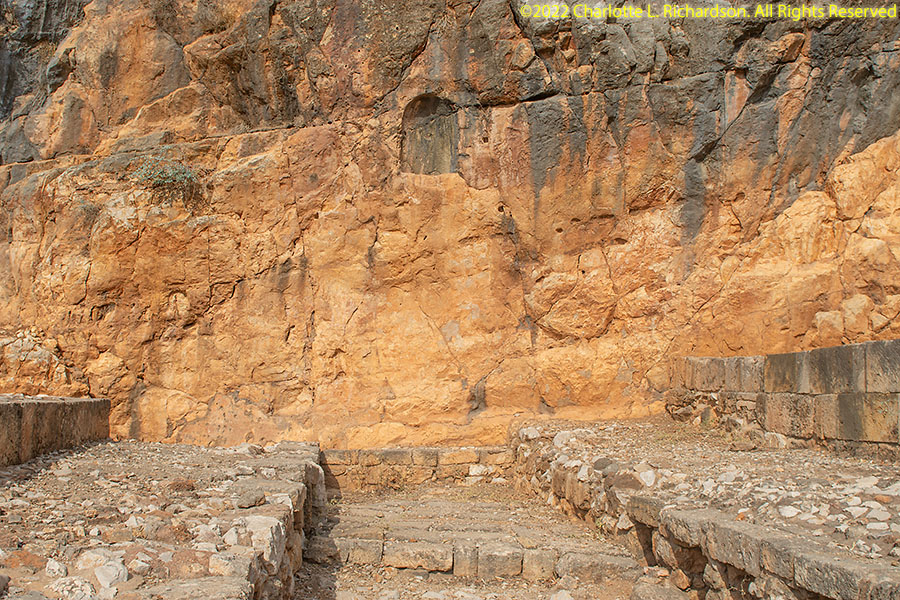
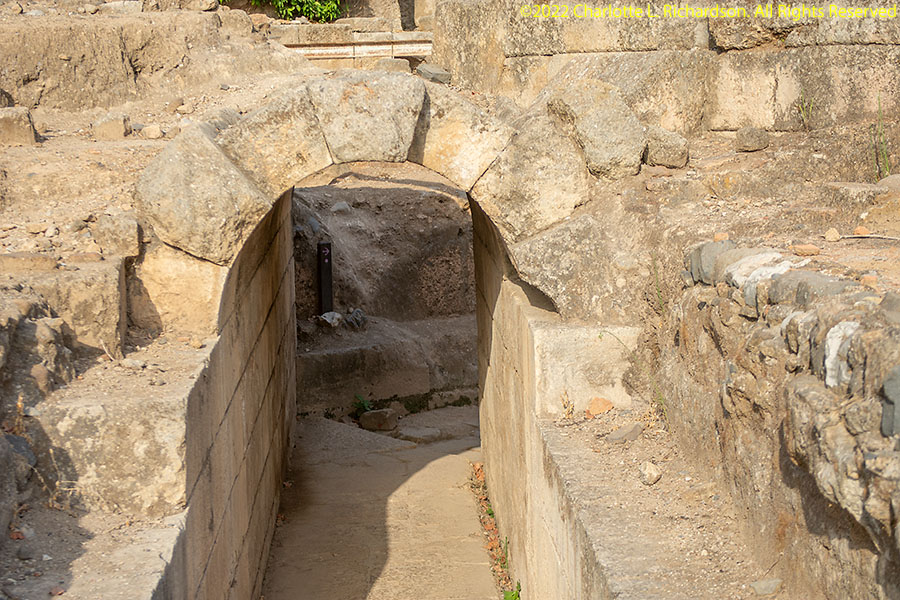
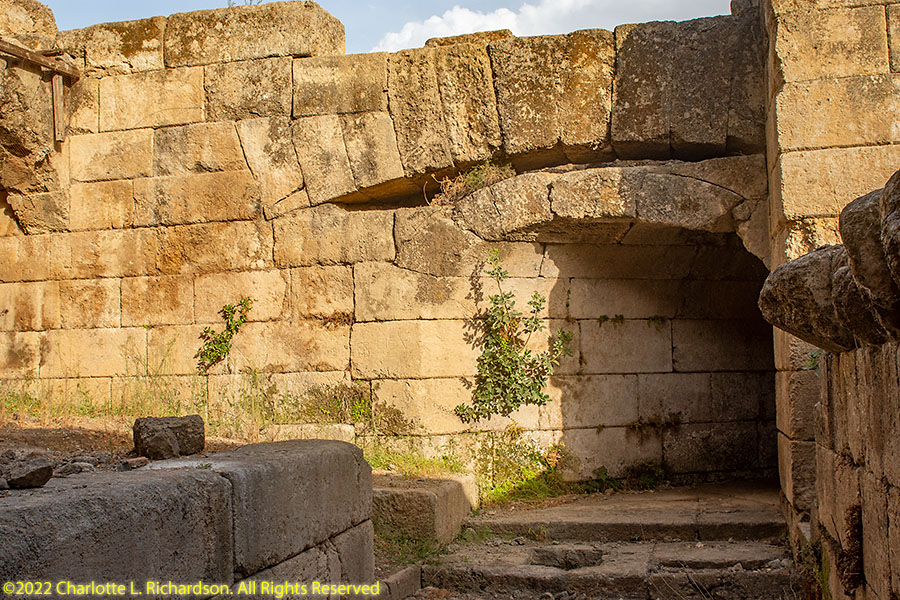
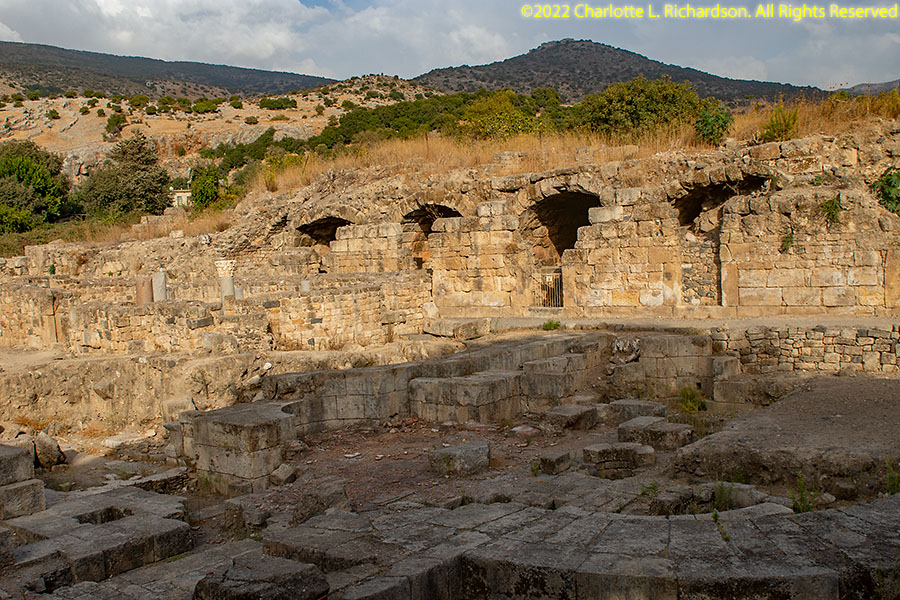
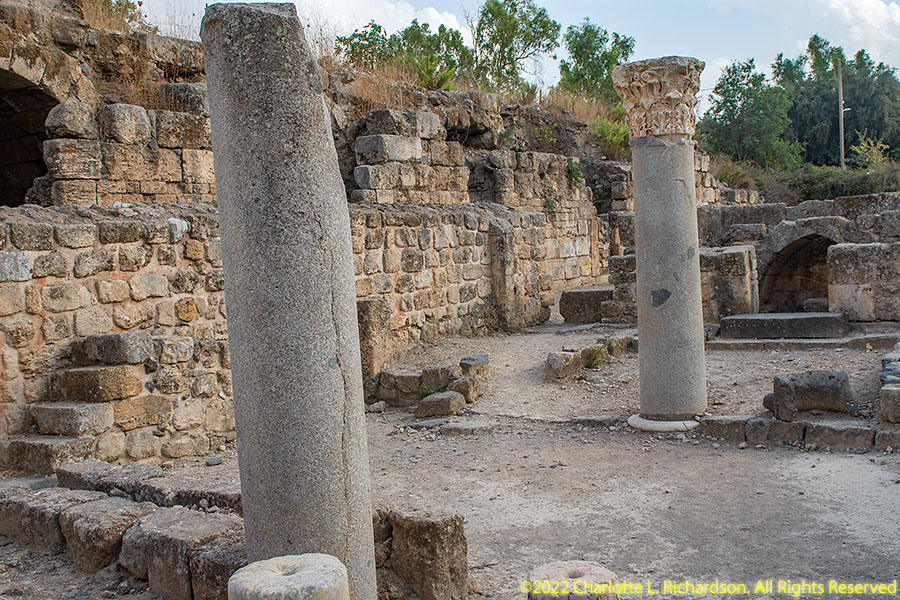
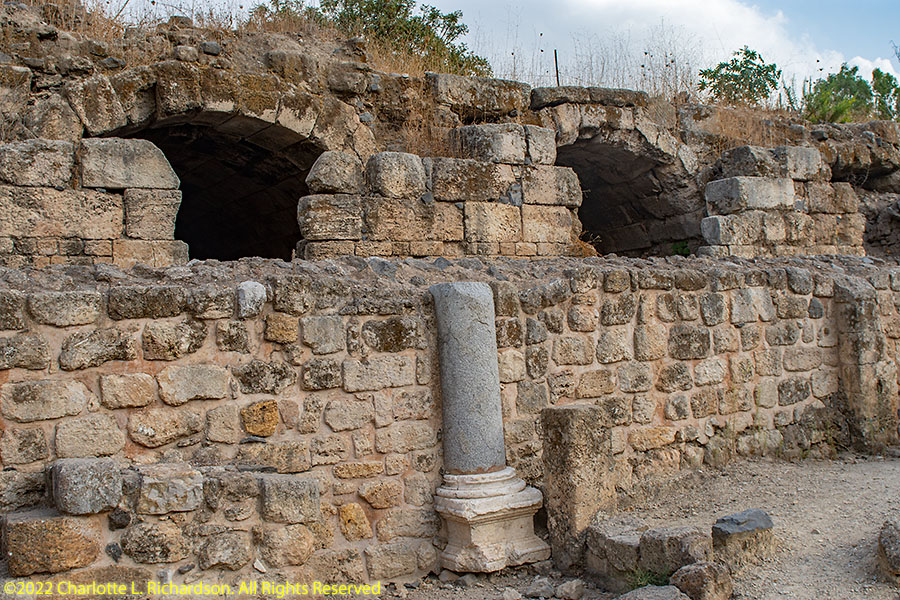
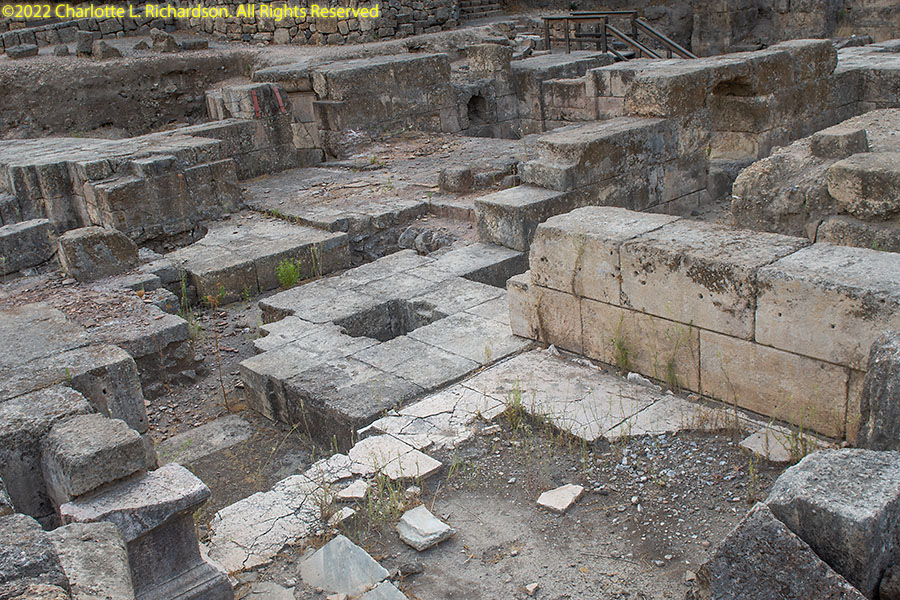
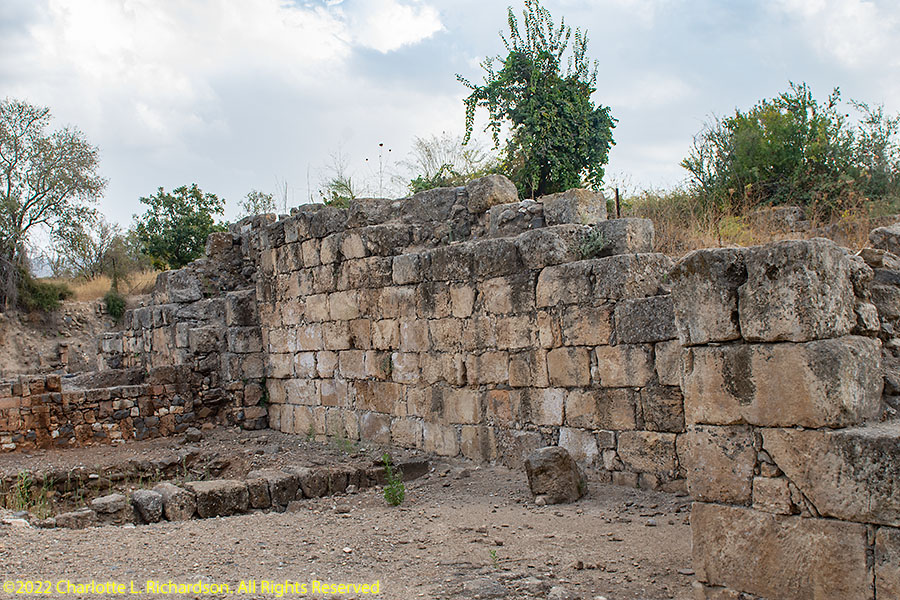
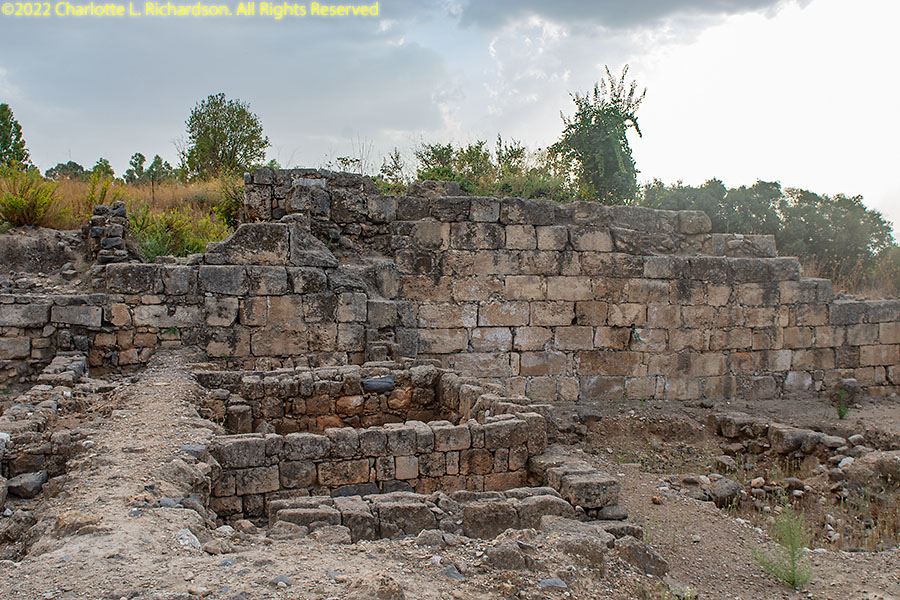
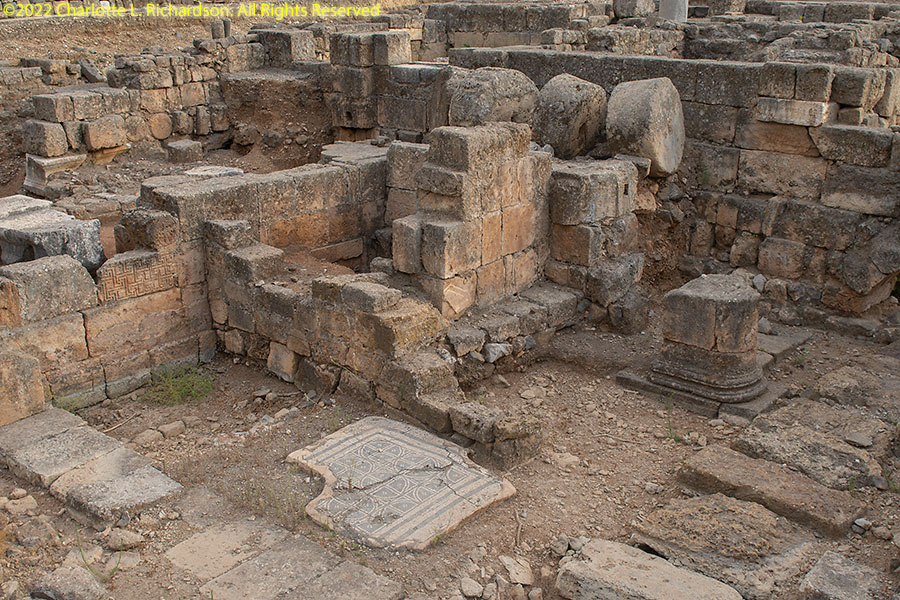
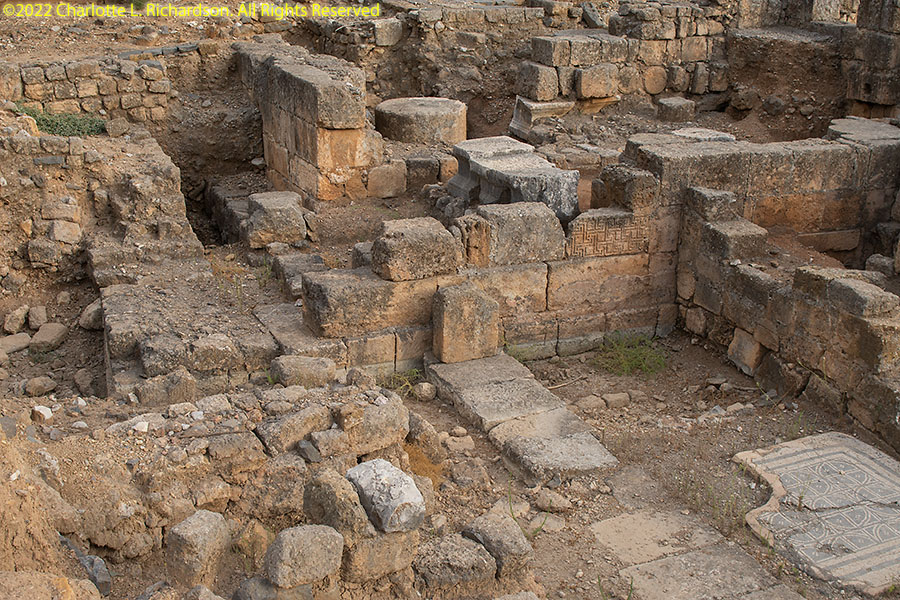
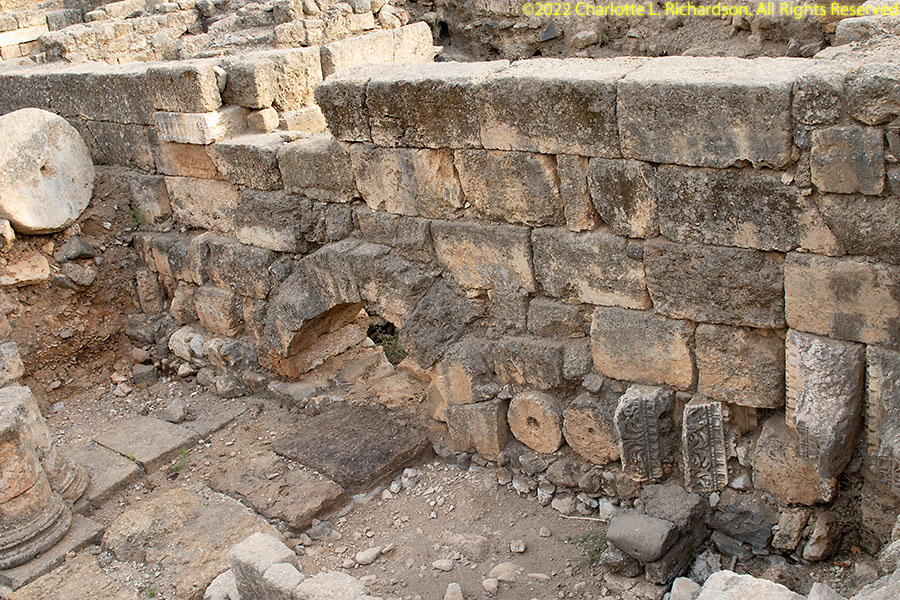
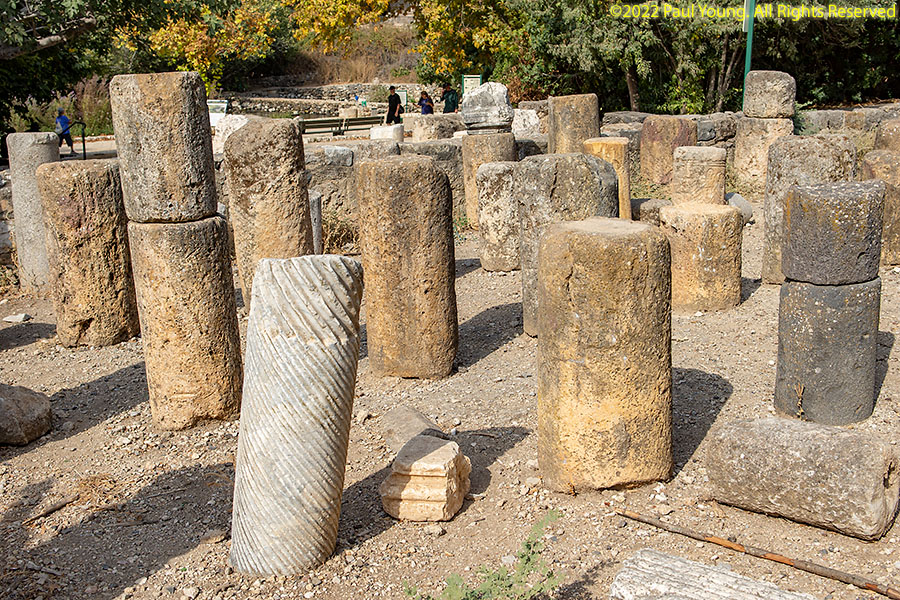
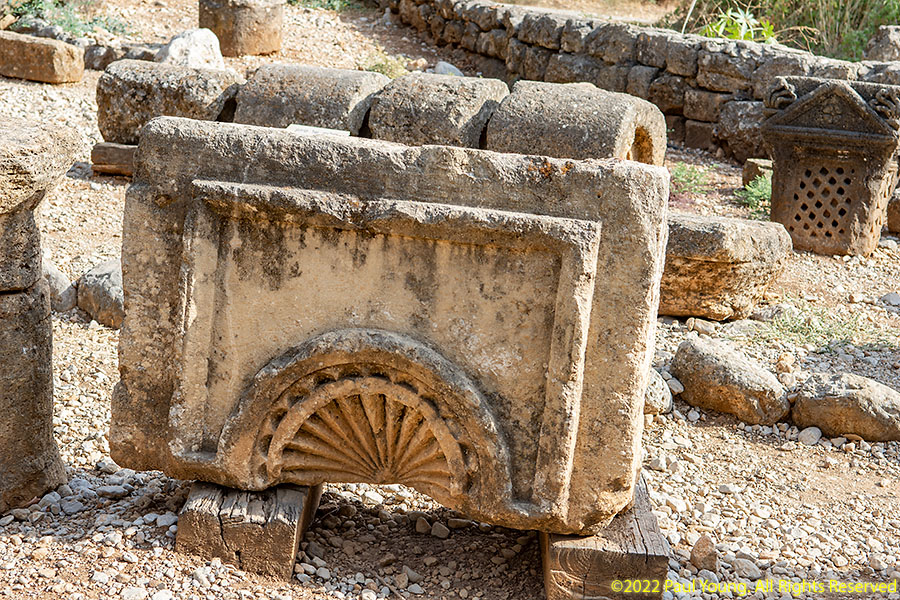
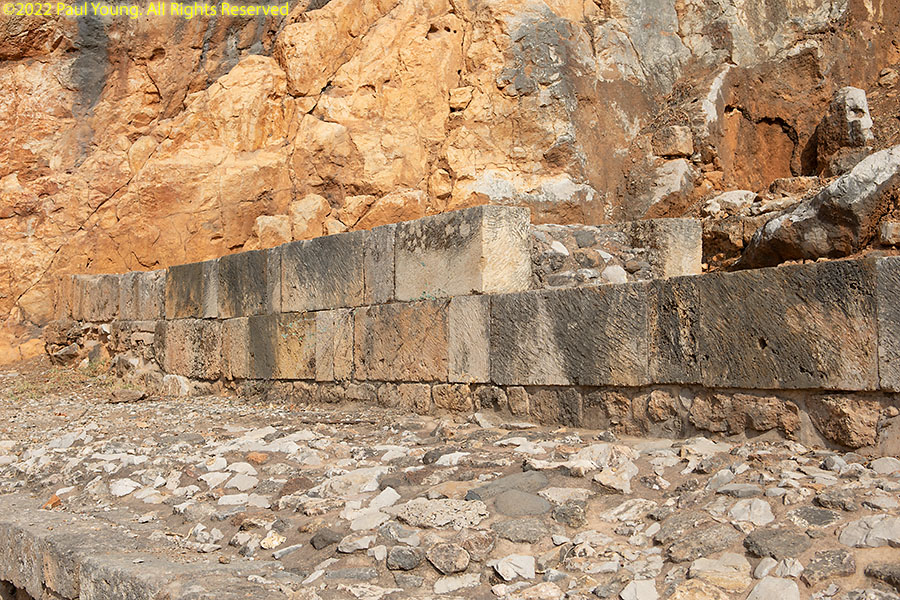
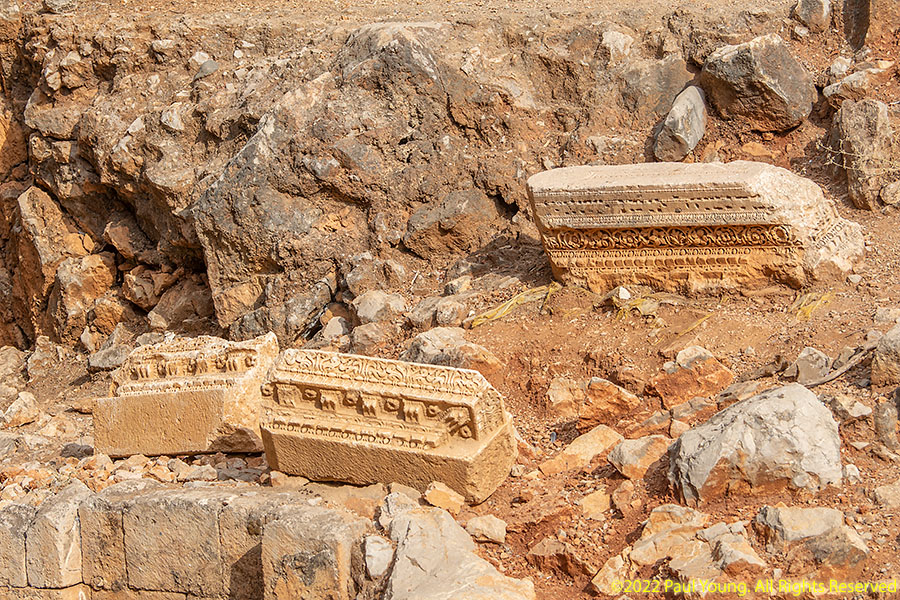
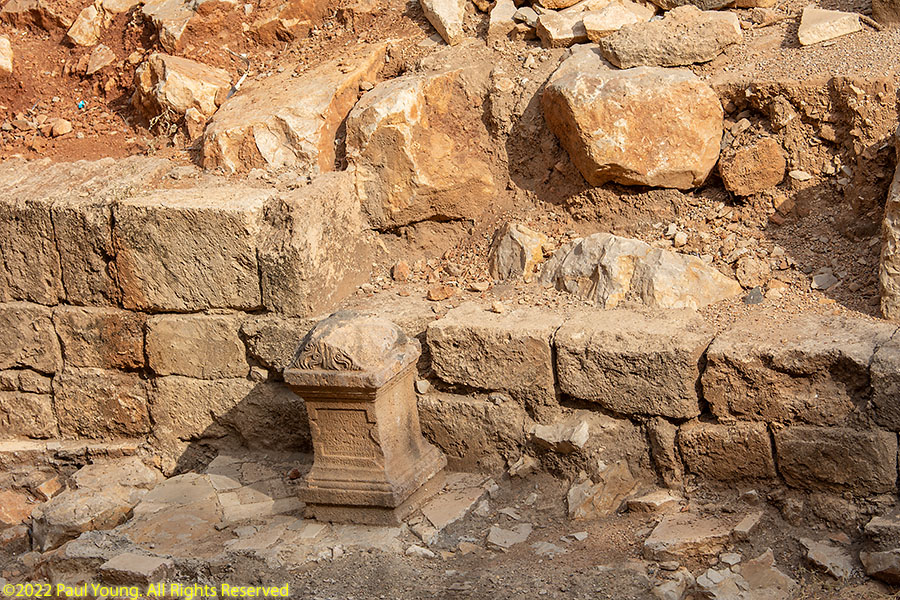
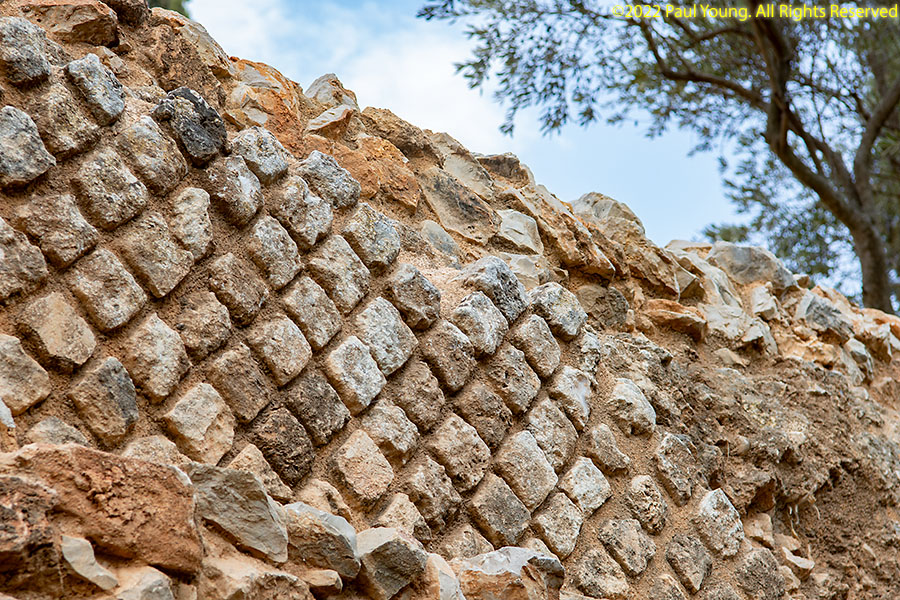
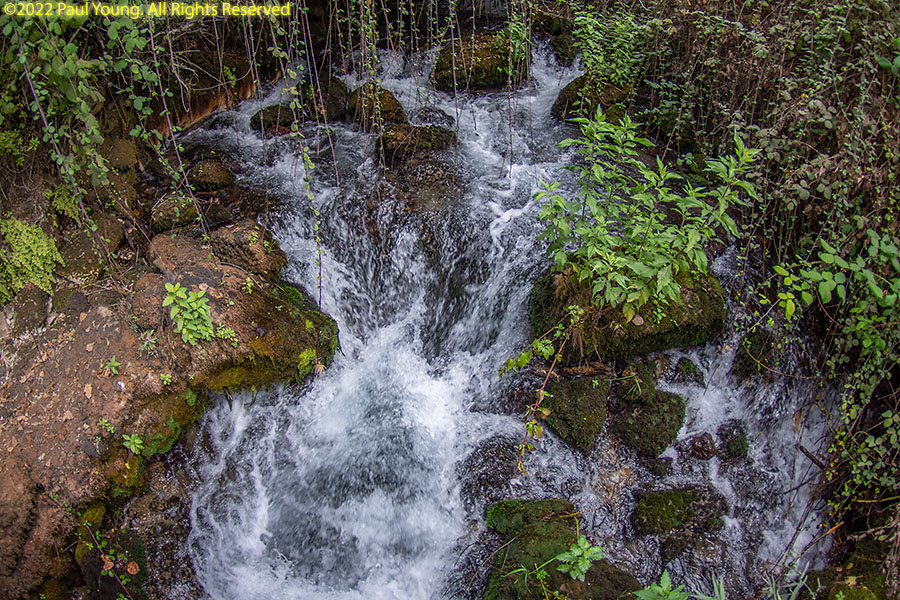
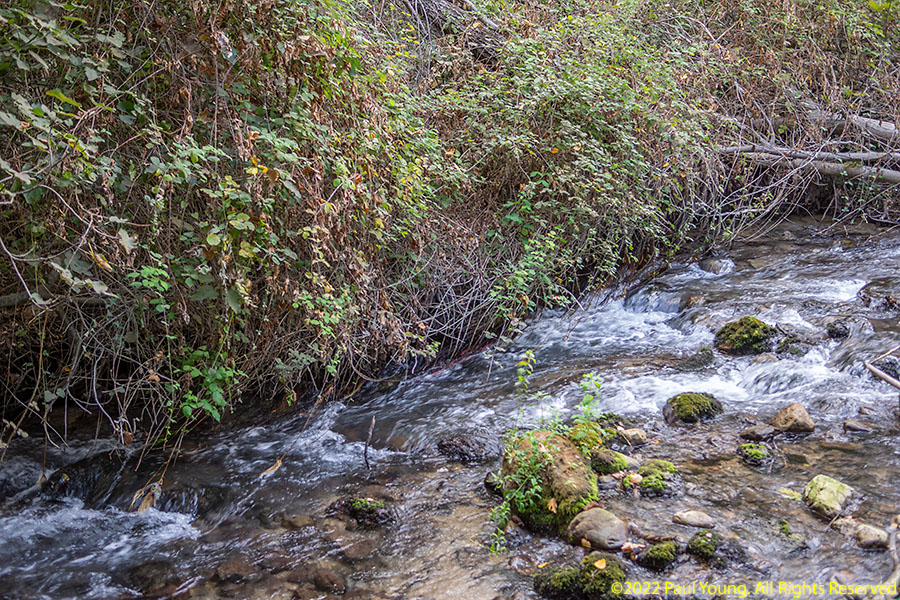
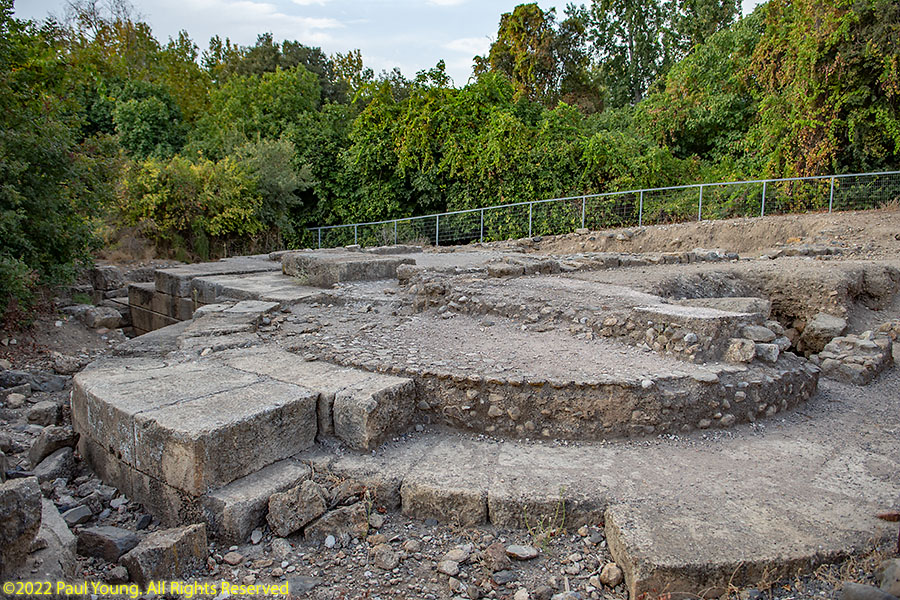
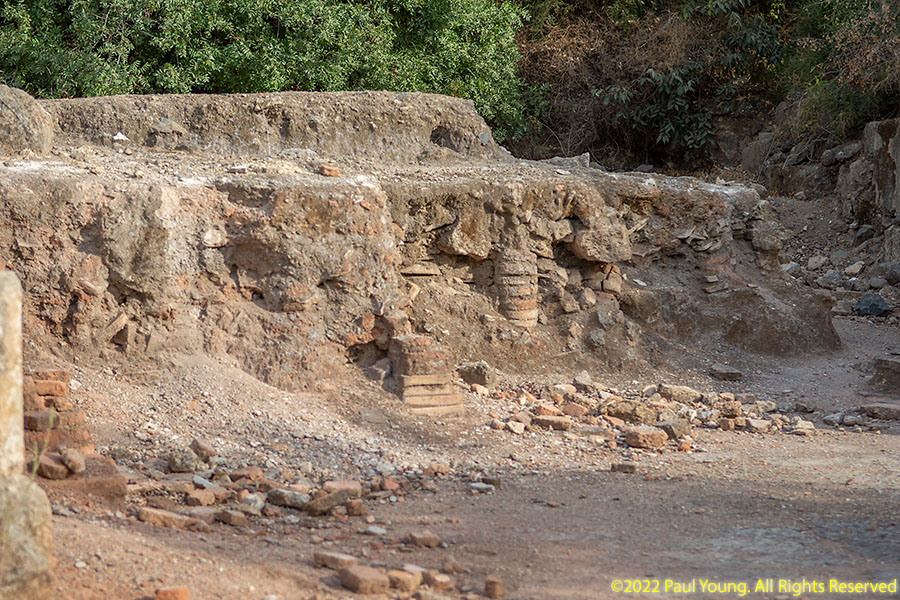
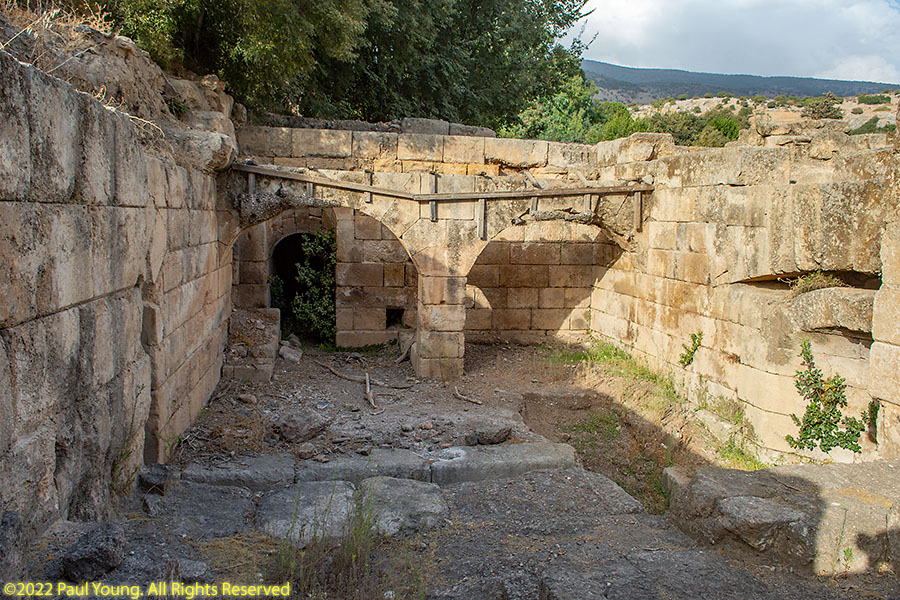
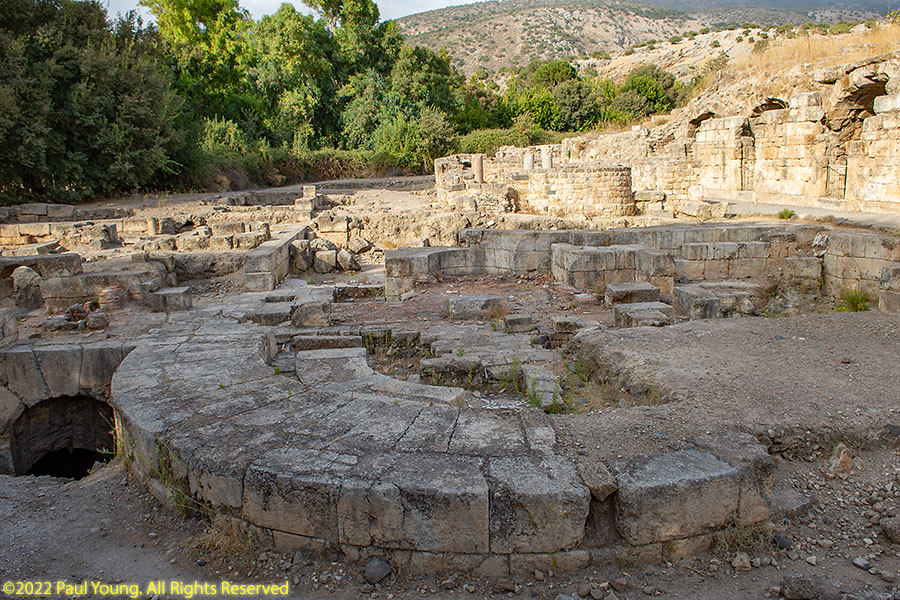
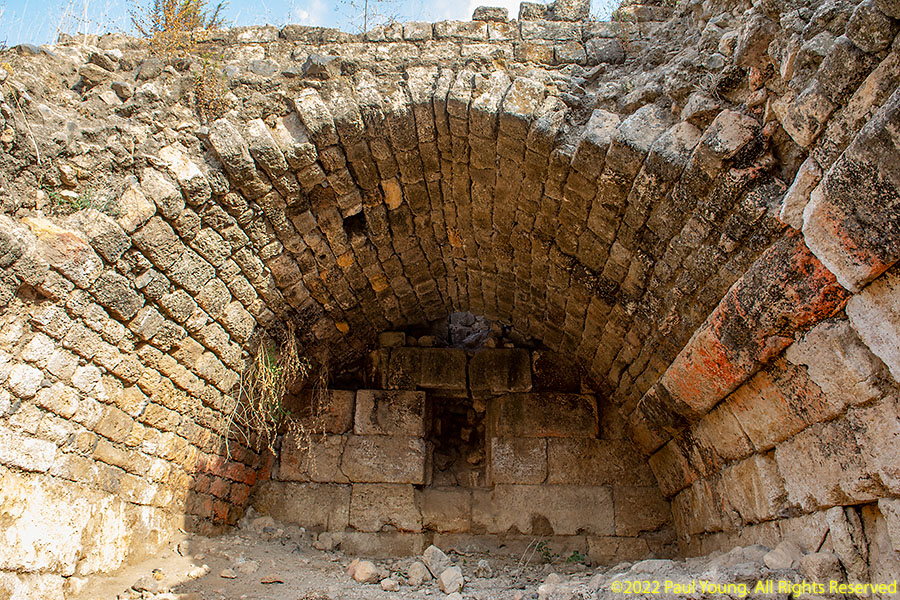
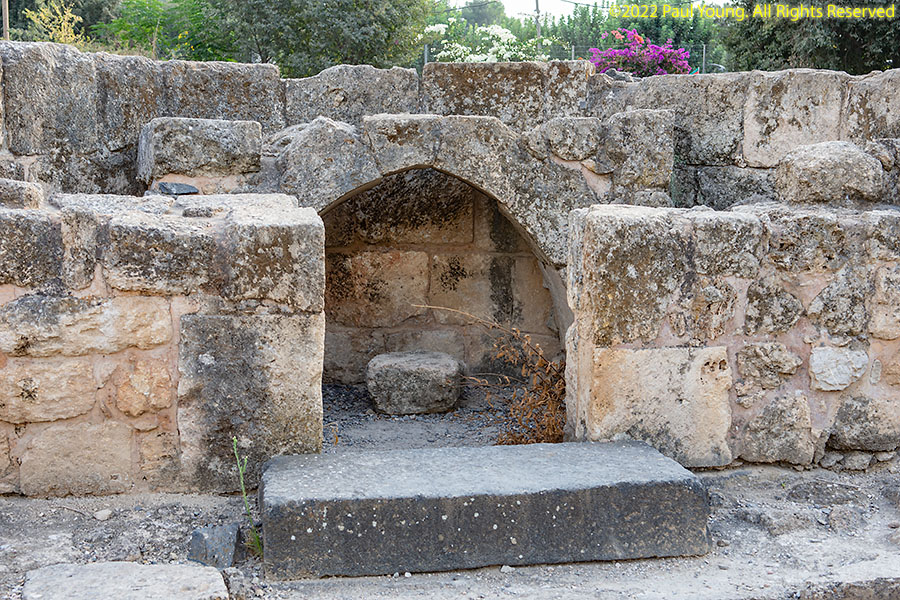
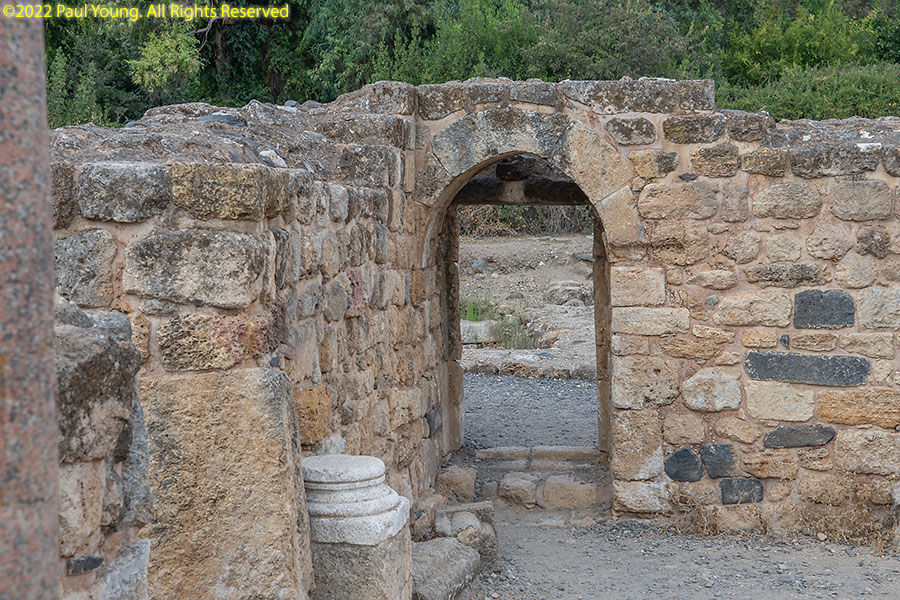
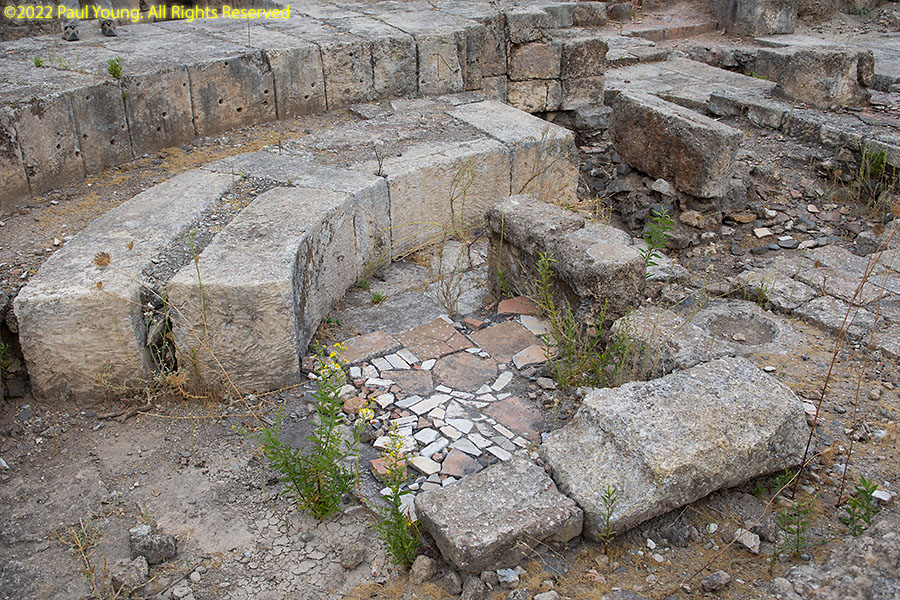
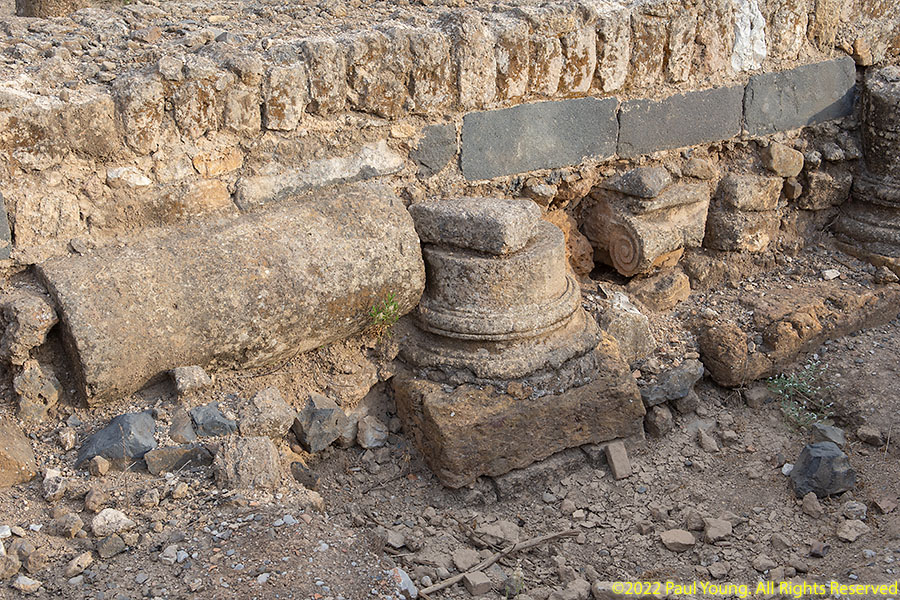
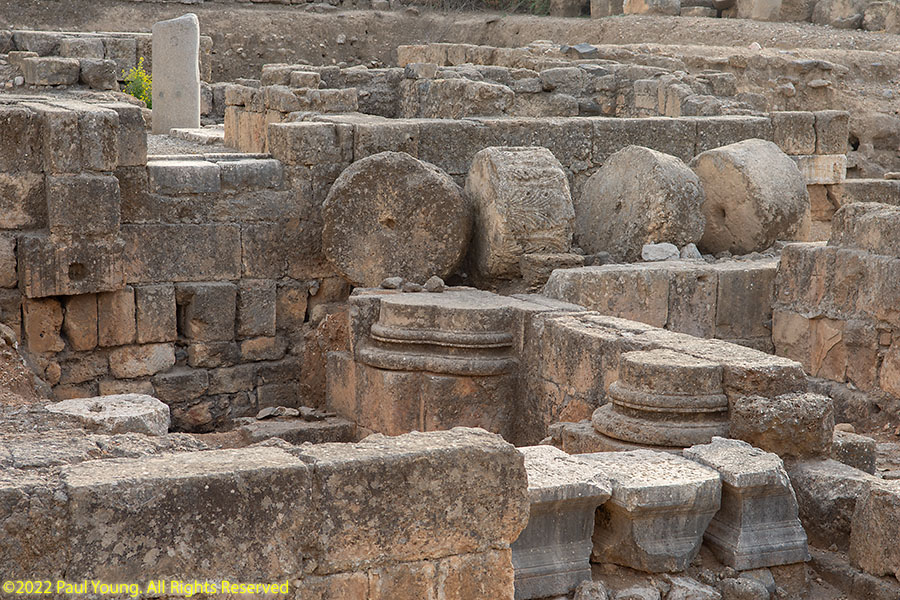
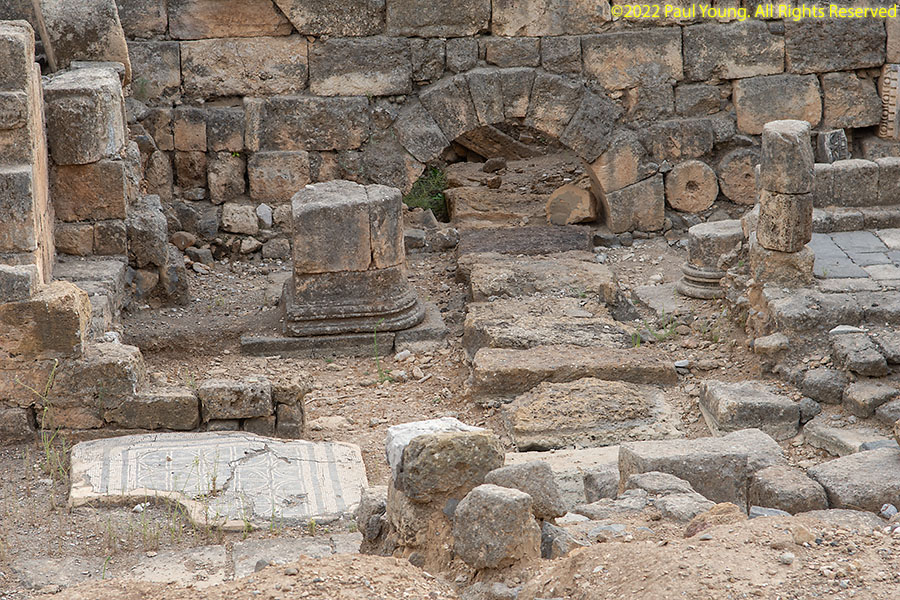
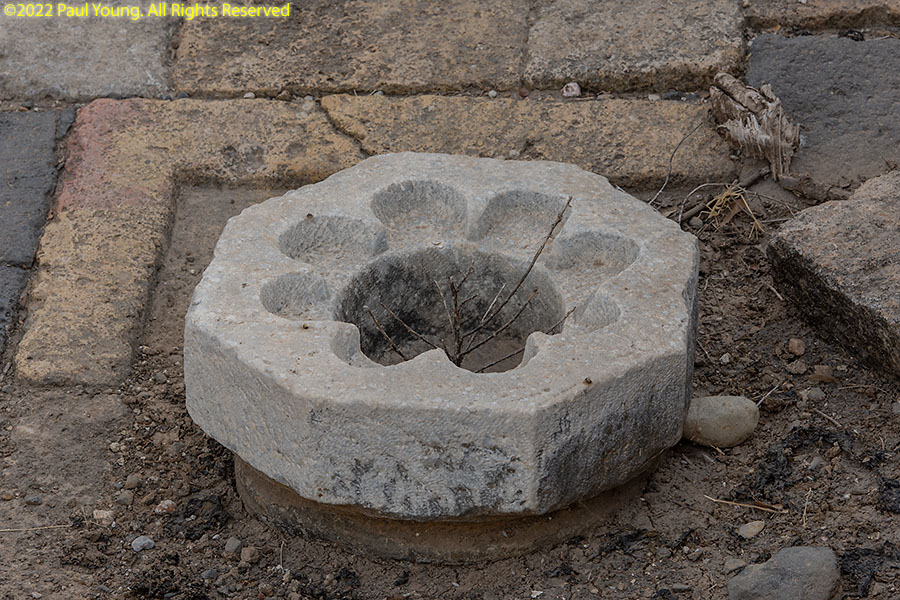
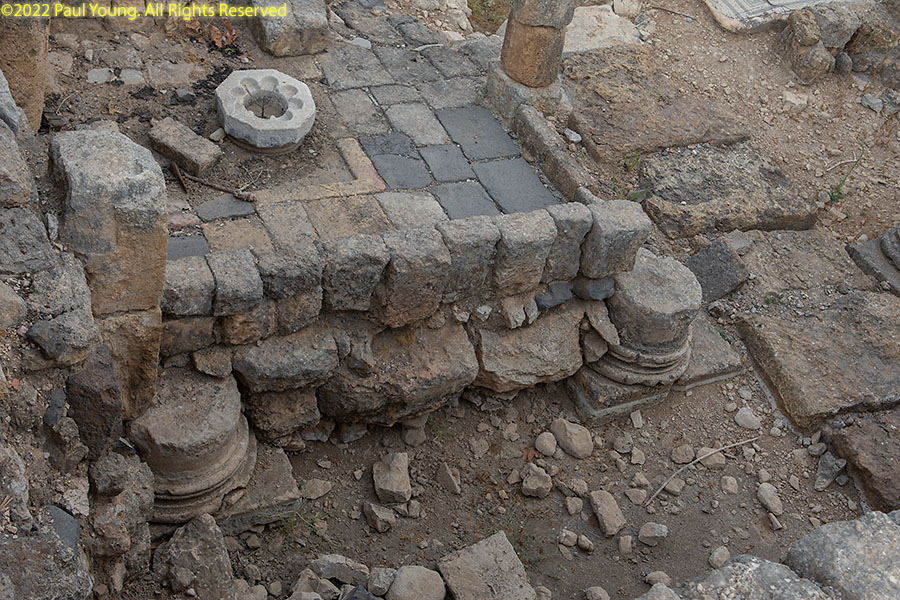
©2022 Mermaid Underwater Photographic. All Rights Reserved.
This page sponsored by Mermaid Underwater Photographic. Contact us at mermaid@underwater.org.
Last modified 30 November 2022